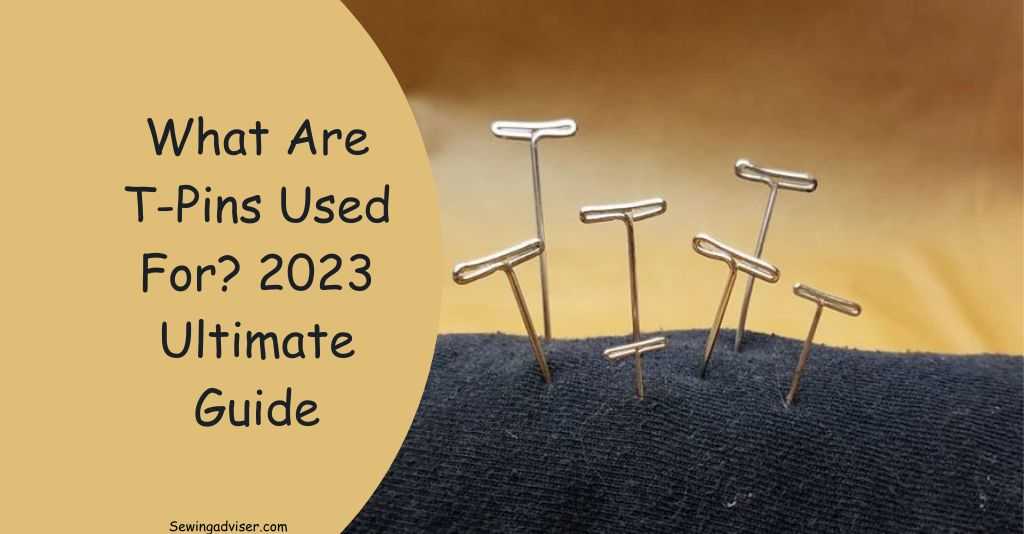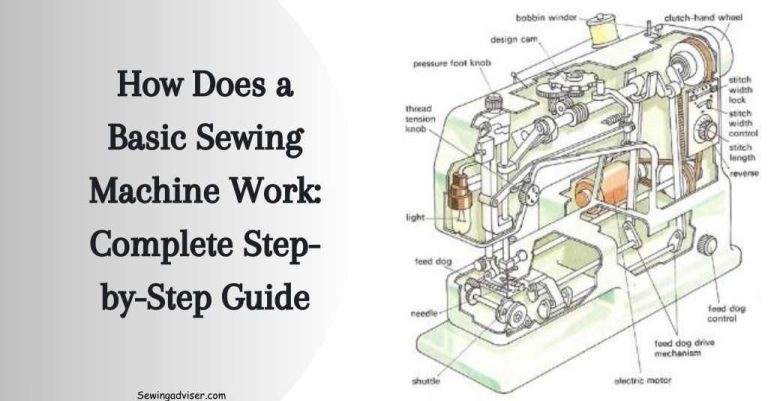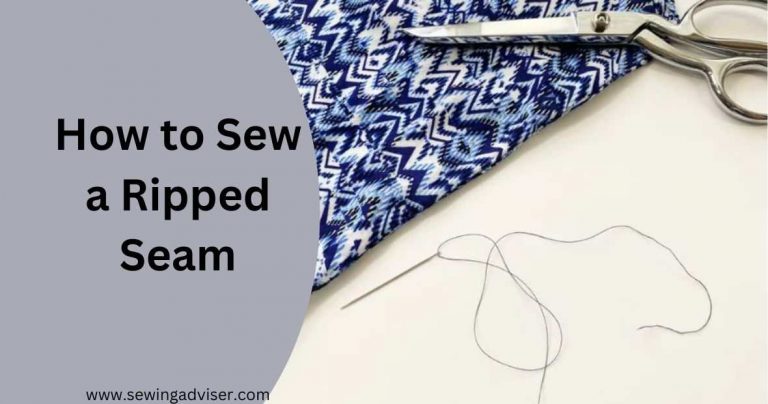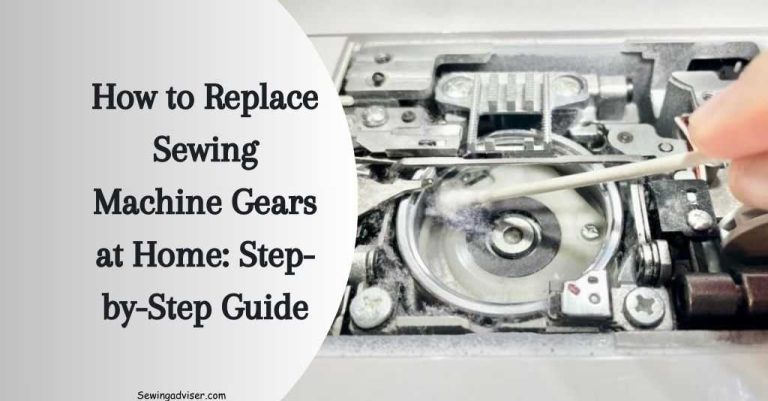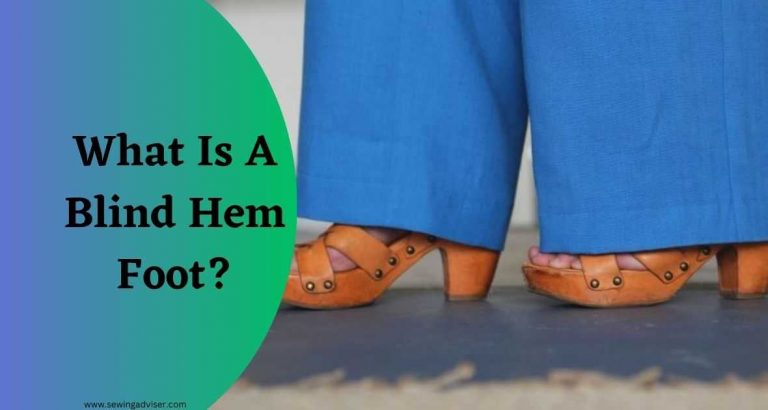What Are T Pins Used For? 2024 Complete T-Pins Guide
T pins, those nifty little tools, are like the unsung heroes of the crafting and sewing world.
But what are T Pins used for, and why should you have them in your toolkit? Well, dear reader, in this article, we’ll unlock the treasure trove of information about T pins.
From their versatile applications in quilting, sewing, and even holding up important documents, to the reasons they’re a must-have for professionals and hobbyists alike, we’ve got you covered.
So, hang tight, as we explore the fascinating world of T pins and their myriad uses.
What Are T Pins?
T pins are these nifty little tools that resemble, you guessed it, the letter “T.” They’re usually made of metal and come in various sizes.
These pins are known for their versatility and are used in a wide range of applications.
What Are T Pins Used For?
T-pins may seem like humble little tools but don’t be fooled by their unassuming appearance.
These small, slender pins have a wide range of practical uses that can make your life a whole lot easier.
Today here, we’ll unravel the mysteries of T-pins and explore the many ways they can be used.
1. Sewing and Fabric Work
If you’re into sewing or working with fabrics, T-pins are your best friend. Their sharp, pointed tips make it a breeze to secure patterns, templates, and fabric layers in place.
Whether you’re crafting a beautiful dress or reupholstering a chair, these pins will keep everything tidy and in position.
2. Displaying Artwork
T-pins are a favorite tool among artists and designers. They excel at holding up sketches, drawings, and paintings on corkboards or foam boards.
This allows artists to showcase their work easily and switch pieces in and out without damaging them.
3. Blocking Knitwear
Knitting enthusiasts, listen up! T-pins are invaluable for blocking your finished knitting projects.
When you need to shape and set your knitted item to its desired dimensions, these pins can be used to hold it in place while it dries.
SEE Also: How to Shorten Straps on a Dress with Pins
4. Organizing and Labeling
In the realm of organization, T-pins can be a secret weapon. You can use them to label different items, such as on a corkboard or a bulletin board.
Whether it’s marking important dates on a calendar or pinning up notes, T-pins keep you well-organized.
5. Horticulture and Gardening
Believe it or not, T-pins have found their way into the world of gardening. Gardeners use them to secure delicate plants, like orchids, to stakes without causing damage. This gentle touch ensures that your greenery grows tall and healthy.
6. Engineering and Prototyping
In the field of engineering and prototyping, precision is key. T-pins are often employed to hold together intricate parts during the design and development process. Their slender profiles allow for pinpoint accuracy.
7. Bulletin Boards and Presentation
T-pins are a go-to choice for pinning notices, announcements, and presentations on bulletin boards. Their sharpness ensures that your papers stay in place, even in high-traffic areas.
8. DIY Home Projects
If you’re a DIY enthusiast, T-pins should be in your toolkit. They come in handy for tasks like upholstery, securing fabric while painting, or even as makeshift hinges for small doors or lids.
9. Jewelry Making
Crafting beautiful jewelry requires precision and attention to detail. T-pins are often used to hold small beads and components in place while creating intricate designs.
10. Wig Making
In the world of wig making, T pins are essential. They help secure the wig cap and hold the hair in place, ensuring a natural and polished look.
11. Modeling and Miniatures
Model enthusiasts and miniature hobbyists frequently turn to T-pins to assemble and hold tiny pieces together during the construction process.
12. Science and Education
T pins find their way into the classroom, where they’re used for various educational purposes, from teaching anatomy to displaying geological samples.
Sizes of T-pins
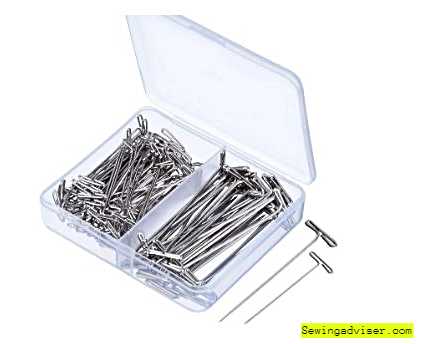
Here are the 5 main sizes of T-pins:
- X16T-05 – The Short and Sweet Pin: This one’s a 1-inch long pin, perfect when you need something compact and handy. When you buy these, you’re getting a whopping 3,200 pins in a pound, and it’ll cost you around $38. So, if you’ve got a lot of small things to secure, this is your go-to option.
- X20T-05 – A Bit Longer for Versatility: Now, the X20T-05 is a bit longer at 1 ¼ inches. In a pound of these, you’ll find 2,200 pins. And guess what? They won’t break the bank, coming in at about $35. These pins strike a balance between size and quantity, making them quite versatile for various tasks.
- X24T-05 – The Medium-Length Workhorse: Moving on to the X24T-05, these pins measure 1 ½ inches in length. You’ll get 900 of them per pound, and they’re reasonably priced at around $25. If you need something sturdy and medium-sized, these pins are up for the job.
- X28T-05 – A Little Extra Length: Need something a tad longer? The X28T-05 fits the bill with its 1 ¾ inch length. You’ll find 800 of these pins in a pound, and they share the same price tag of about $25. These pins give you that extra reach when you need it.
- X32T-05 – The Long and Strong Option: Lastly, we’ve got the X32T-05, a 2-inch long pin. Pound for pound, you’ll get 750 of these pins, and they also cost around $25. If you’re dealing with thicker materials or simply prefer longer pins, these are the ones to consider.
See Also: How Much Does it Cost to Hem Pants
Expert Sewers Insights for T Pins
As an expert sewer, it’s essential to provide you with some valuable insights into using T pins effectively:
- Mix and Match: Don’t limit yourself to just one size of T-pin. Having an assortment on hand allows you to tackle a wider range of projects with ease.
- Safety First: When using T pins, be cautious of their sharp points. Always handle them with care and keep them out of reach of children and pets.
- Storage Solutions: Invest in a secure storage container for your T pins to prevent accidents and ensure they remain in good condition for longer.
- Quality Matters: Opt for high-quality T pins made from durable materials. They may cost a bit more, but they’ll last longer and provide better results.
What are the different Elements of a Pin?
When you think of a pin, the image that probably comes to mind is a small, pointy object used for securing things together. While that’s true, pins are more than just sharp points. Let’s dissect a pin and explore its key elements:
Head
Every pin has a head, which is the top part you can grip or hold onto. It’s typically larger than the rest of the pin, making it easy to handle.
The head of a pin often comes in various shapes and designs, depending on its intended use. Some pins have flat heads, while others might have decorative or functional elements.
Shaft
The shaft is the long, slender part of the pin that connects the head to the point. It’s the backbone of the pin, providing stability and support.
The shaft’s length and thickness can vary, depending on the type of pin. For example, sewing pins have thin, flexible shafts, while push pins have sturdier, thicker shafts.
Point
Ah, the point! This is the business end of the pin, the part that does the piercing and securing. It’s usually sharp and pointed, designed to penetrate various materials.
The sharpness of the point is crucial for its effectiveness. Different pins have different point shapes, ranging from needle-like points for sewing to flat, blunt points for push pins.
Material
Pins can be made from a variety of materials, each with its own set of properties. Common materials include steel, brass, and plastic. The choice of material depends on the pin’s intended use.
Steel pins are strong and durable, making them ideal for heavy-duty tasks, while plastic pins are lightweight and gentle, perfect for delicate fabrics.
Coating
Some pins have a coating or finish that serves a specific purpose. For example, rust-resistant coatings are essential for pins that may come into contact with moisture. Others might have colored coatings for decorative purposes or to make them easier to spot.
Usage
Pins serve a multitude of purposes. Sewing pins, for instance, are indispensable tools for seamstresses and tailors, used to hold fabric layers together before stitching.
Push pins are handy for pinning notes and reminders on corkboards. Safety pins offer a quick fix for wardrobe malfunctions. There are even hairpins for keeping your hairstyle in place!
Tips for Using T Pins Effectively?
Certainly! Here are a few pro tips:
- Choose the Right Size: Different tasks may require different pin sizes, so select the one that suits your needs.
- Be Gentle: While T pins are robust, a little care goes a long way. Avoid excessive force when inserting them.
- Store Them Safely: To prevent accidents, keep T pins in a secure container when not in use.
Are T Pins Durable?
Absolutely! T pins are typically made from sturdy materials like steel, which ensures durability. This means they can withstand repeated use without bending or breaking easily.
Where Can I Get T Pins?
T pins are readily available at most craft stores, sewing supply shops, and online marketplaces. You’ll find them in various quantities and sizes, so you can get just what you need for your projects.
Conclusion: What Are T Pins Used For
In conclusion, T pins, versatile tools with a multitude of applications, are a must-have for anyone in creative or organizational pursuits.
These little gems are perfect for securing fabrics during sewing, keeping documents in place on bulletin boards, and even aiding in delicate craftwork.
Their unique T-shaped design offers stability and ease of use, making them indispensable for professional designers, craft enthusiasts, and educators alike.
So, whether you’re a seasoned pro or just starting your creative journey, having a set of T pins on hand can make your tasks a breeze and unlock a world of possibilities.
FAQs: What Are T Pins
How Do T Pins Differ from Regular Pins?
T pins and regular pins may look similar, but they serve different purposes. T pins have a unique “T” shape that provides extra stability, making them ideal for holding thicker or heavier materials, such as fabrics in sewing and upholstery projects.
Can T Pins Be Used for Jewelry Making?
Yes, they can! T pins are a secret weapon in jewelry making. They help secure beads, wires, and components in place during the design and assembly process, ensuring your creations turn out just as you envision them.
Can T Pins Be Reused?
Yes, T pins can be reused multiple times as long as they remain in good condition. Proper care, such as cleaning and storing them in a secure container, can extend their lifespan.
Are There T Pins with Colored Heads for Easy Identification?
Yes, some T pins come with colored heads, which can be helpful for identifying different pin sizes or organizing your projects. These colored heads add a touch of convenience to your work.
Do T Pins Leave Holes in Fabric?
T pins are designed to leave minimal marks or holes in fabric, especially when used temporarily during sewing or upholstery. However, it’s a good practice to test them on a scrap piece of fabric to ensure they won’t damage your material.
